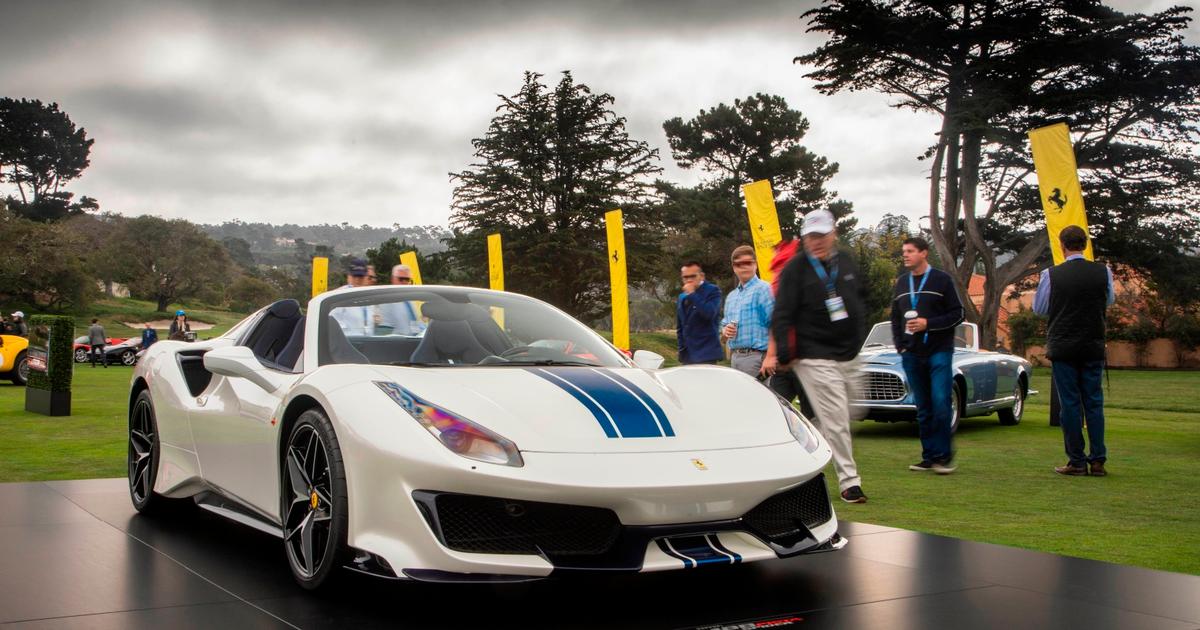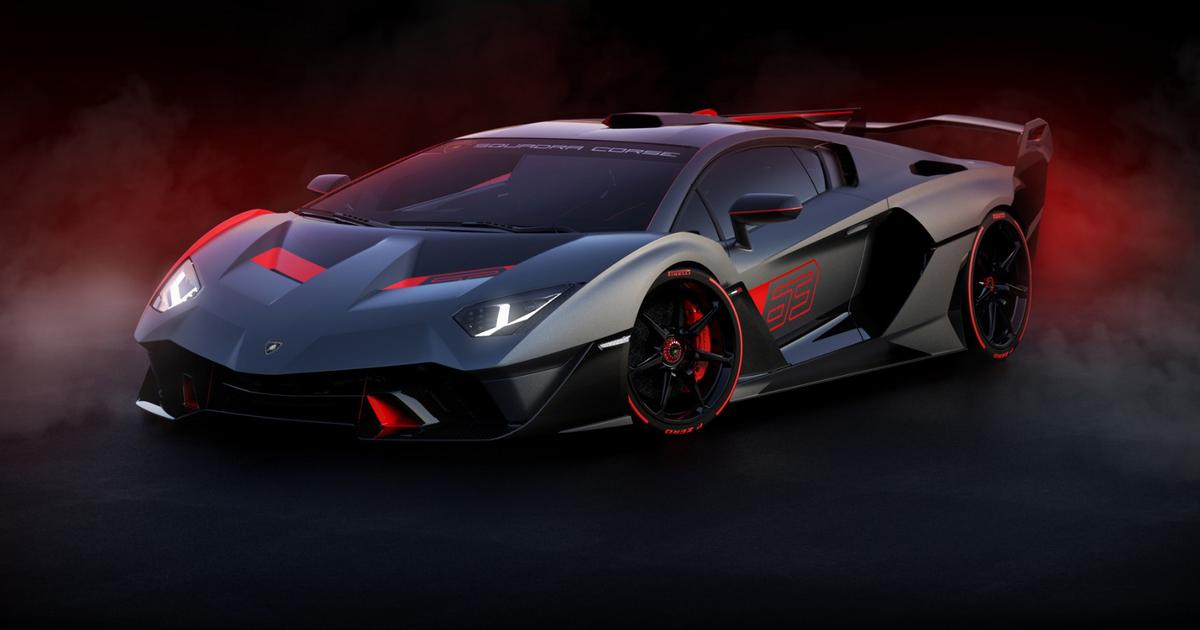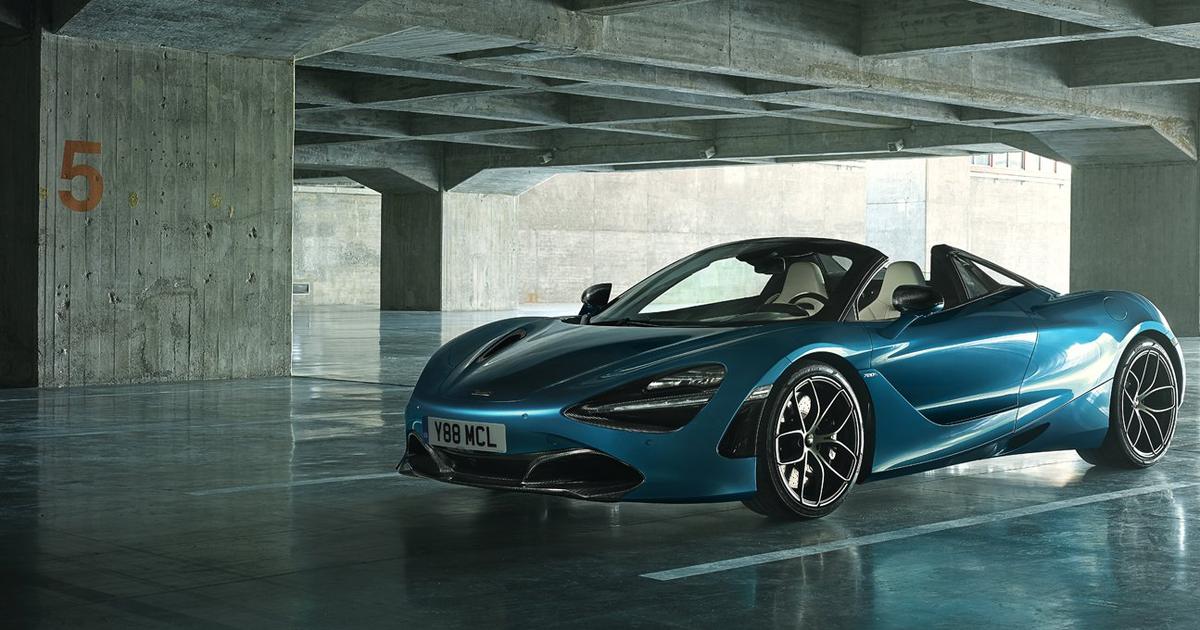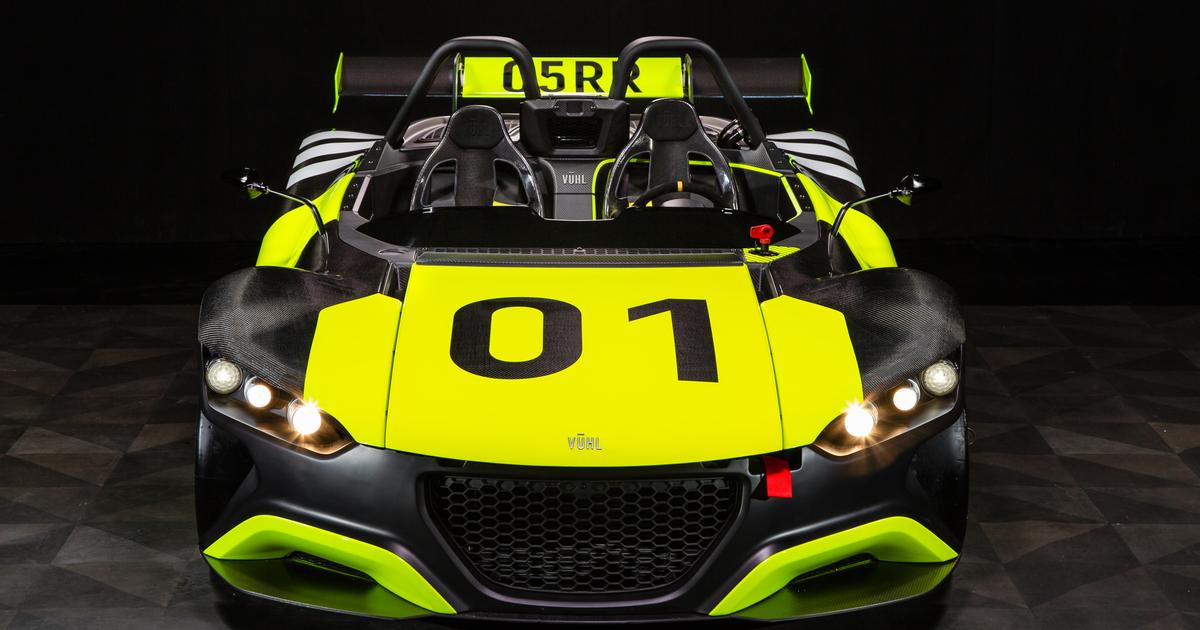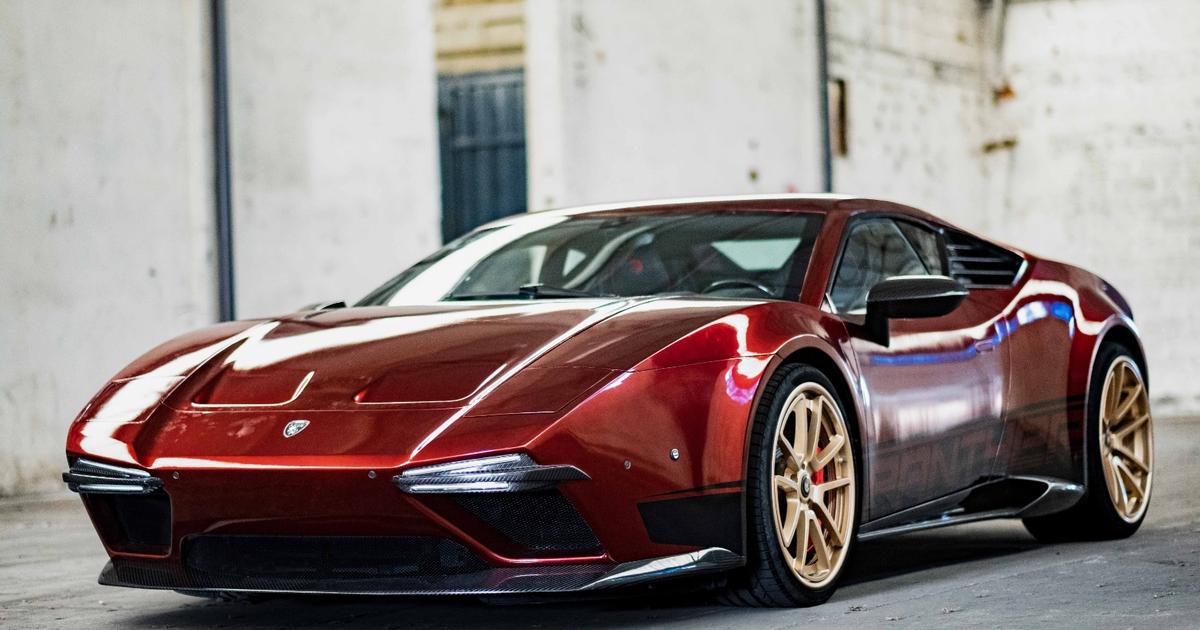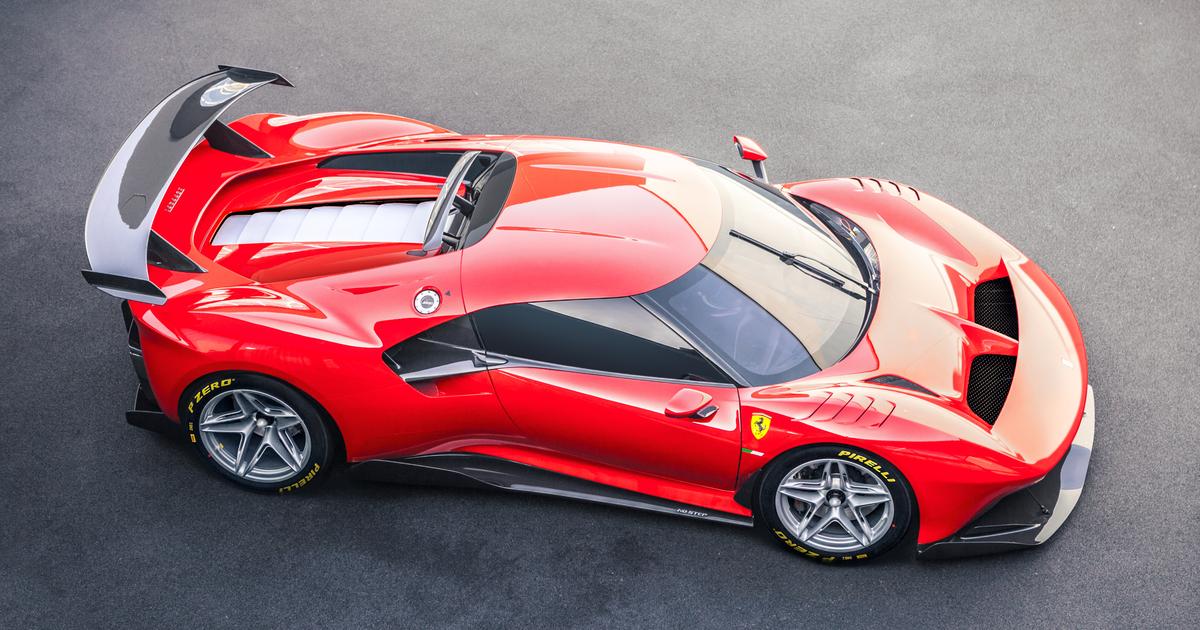In 1988, Jaguar won the 24 Hours of Le Mans with an entry of five XJR-9 cars. The winning car, driven by Jan Lammers, Johnny Dumfries and Andy Wallace, completed 394 laps and covered a distance of 3313 (5332.79km). This followed Jaguar’s earlier victory at Le Mans when the the winning D-type covered a distance of 2732 miles (4397km) in 1957.
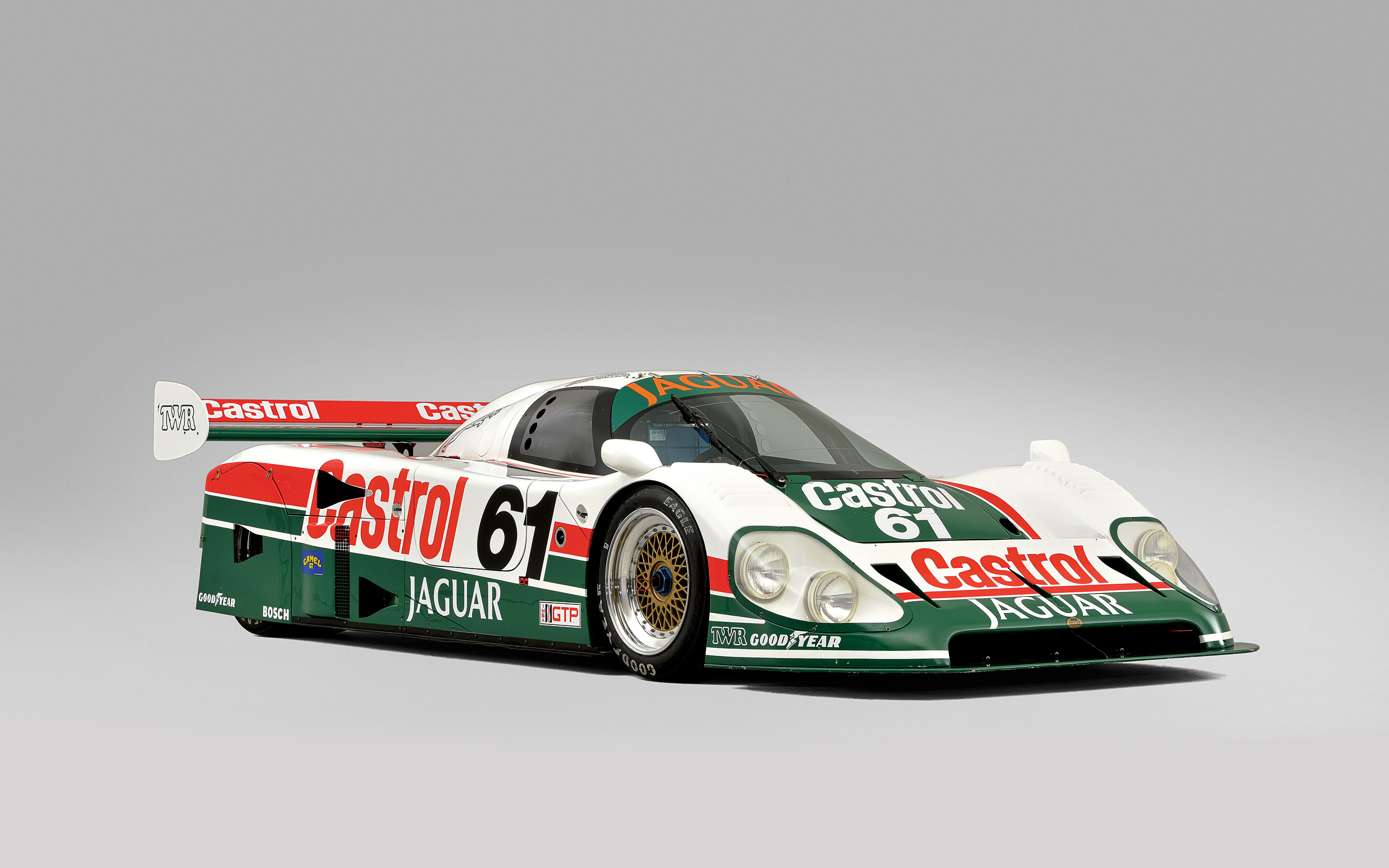
The XJR-9 was manufactured by Tom Walkinshaw Racing (TWR) who began racing Jaguars in the European Touring Car Championship. This led to a victory with the the Jaguar XJS that would motivate a new Group C car. TWR partnered with Bob Tullius who had already campaigned several Group C cars under his Group 44 banner in the states. With backing from Jaguar, he had taken the XJR-5 to Le Mans with moderate success. After two attempts, Jaguar turned to the local Tom Walkinshaw for a fresh approach.

With assistance from Tony Southgate, TWR prepared the XJR-6 which would race both in Europe and in the American IMSA series. It was a departure from previous designs, using a full carbon-fiber monocoque and undercarriage venturis. With little success this car was upgraded into the XJR-7 and the XJR-8 which won the 1986 European World Championship, but retired at Le Mans.
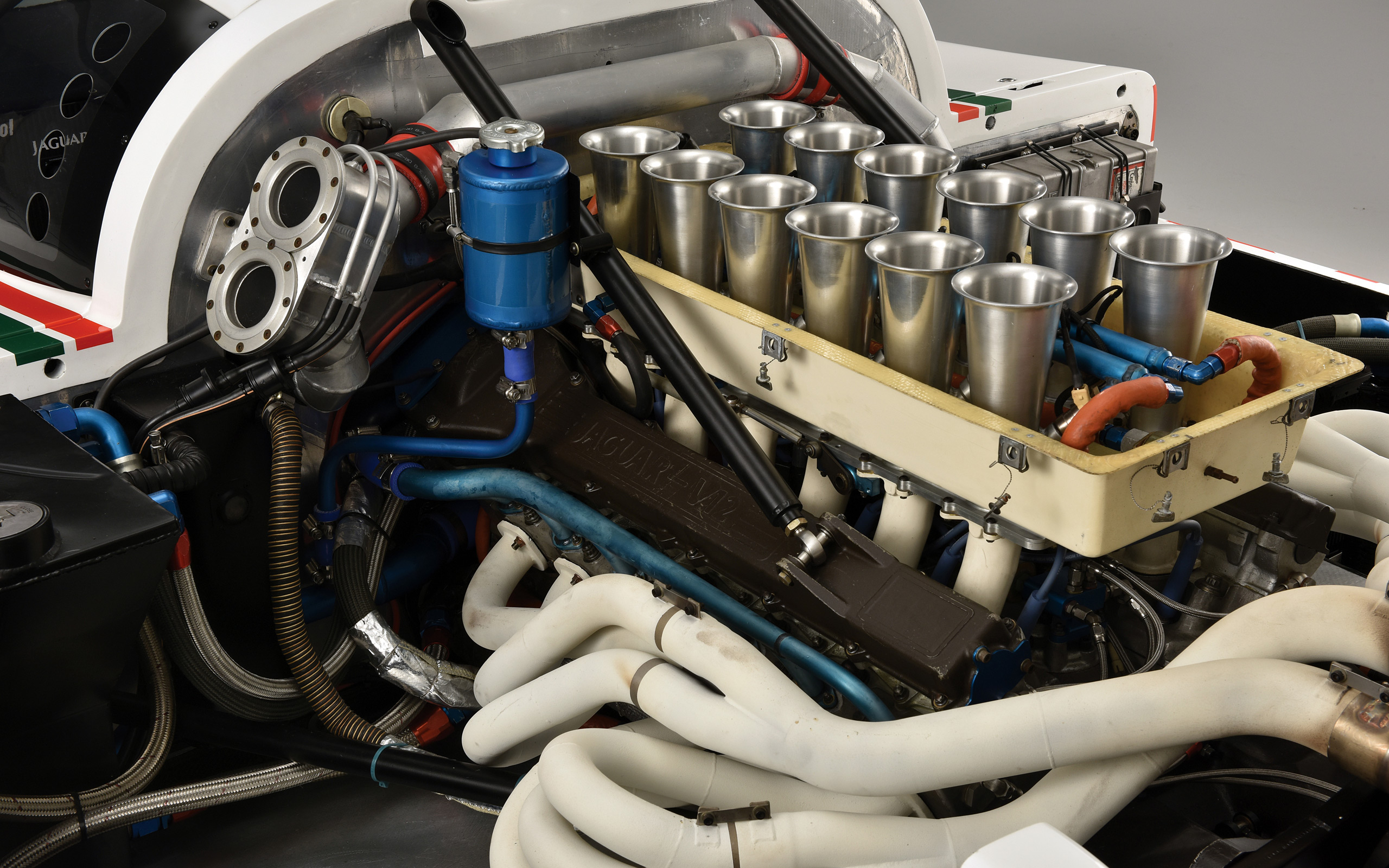
By the time the Le Mans-winning design debuted in 1988, TWR already had a 7.0-liter V12 capable of producing 750 bhp. Five cars equipped with this unit were prepared for Le Mans and the factory-backed Porsche 962C competition. Jaguars led from the inception of the race, but two retirements meant only the XKR-9 of Jan Lammers, Johnny Dumfries and Andy Wallace was the only car left to take overall honors. Despite a transmission problem, the car was driven only in fourth gear until it finished two laps ahead of the Porsche 962C.

Jaguar built the XJR-9, a sports-prototype race car for FIA Group C and IMSA Camel GTP racing, which made its debut at the 1988 24 Hours of Daytona. Designed by Tony Southgate and built by Tom Walkinshaw Racing (TWR), the XJR-9 was an evolution of the XJR-8 design and featured a Jaguar 7.0-litre V12 engine based on the production 5.3-litre engine used in the Jaguar XJS road car. A variant, the XJR-9LM, was developed specifically for the 24 Hours of Le Mans, with a low-drag aerodynamic package to meet the requirement for high straight-line speeds on the Mulsanne straight.
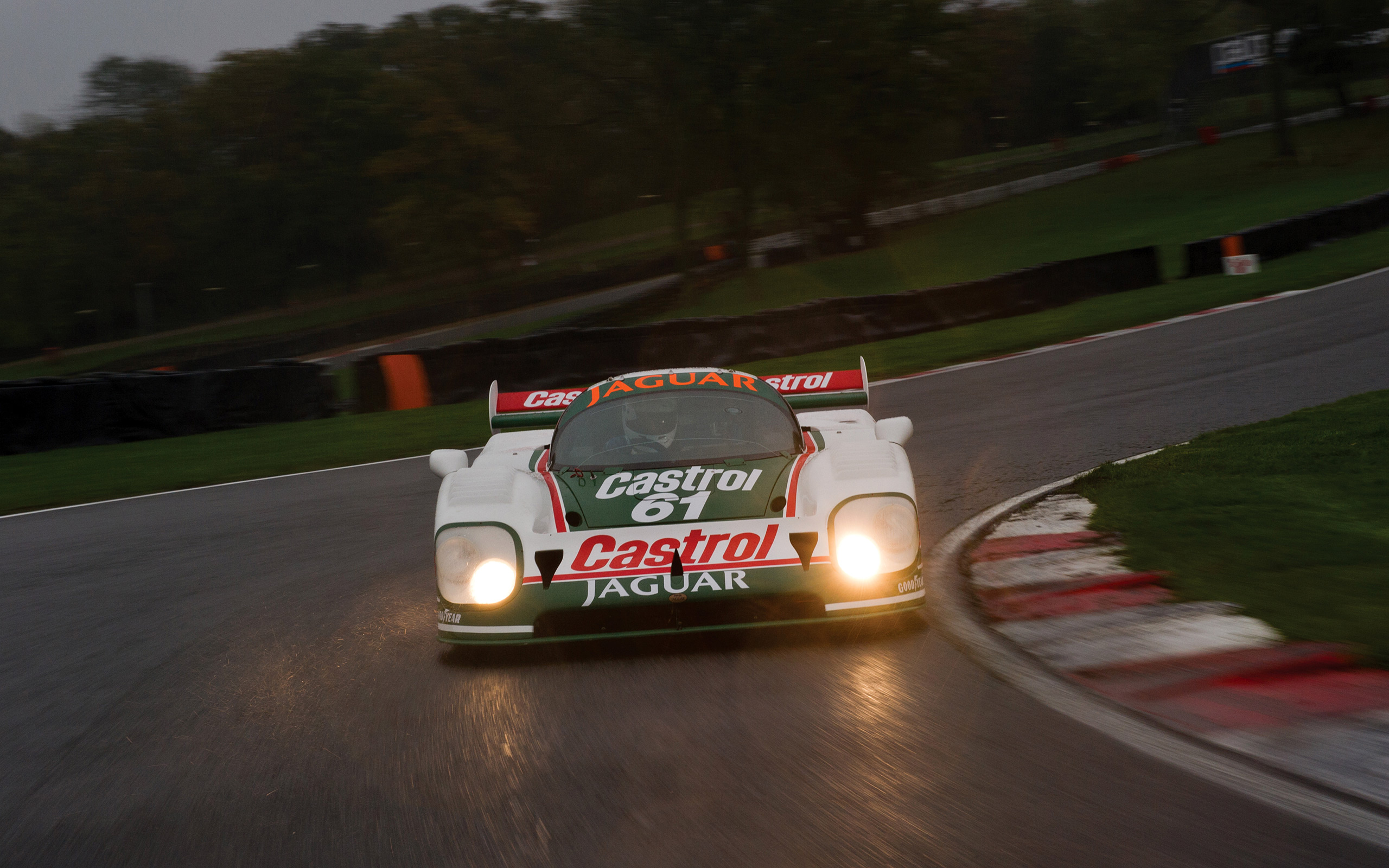
This marked Jaguar’s first Le Mans victory since 1957 and the first time since 1980 that Porsche did not win Le Mans.
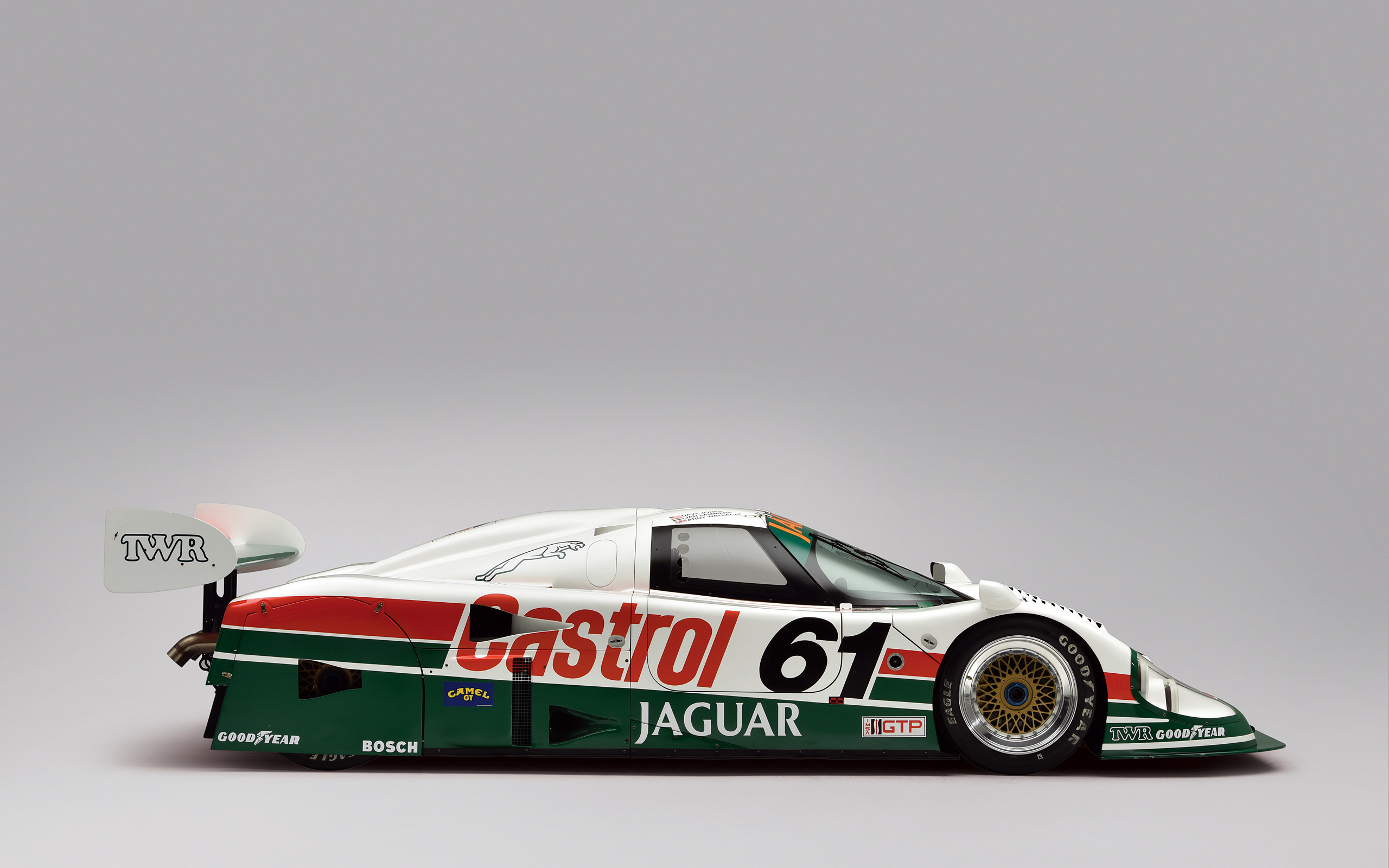
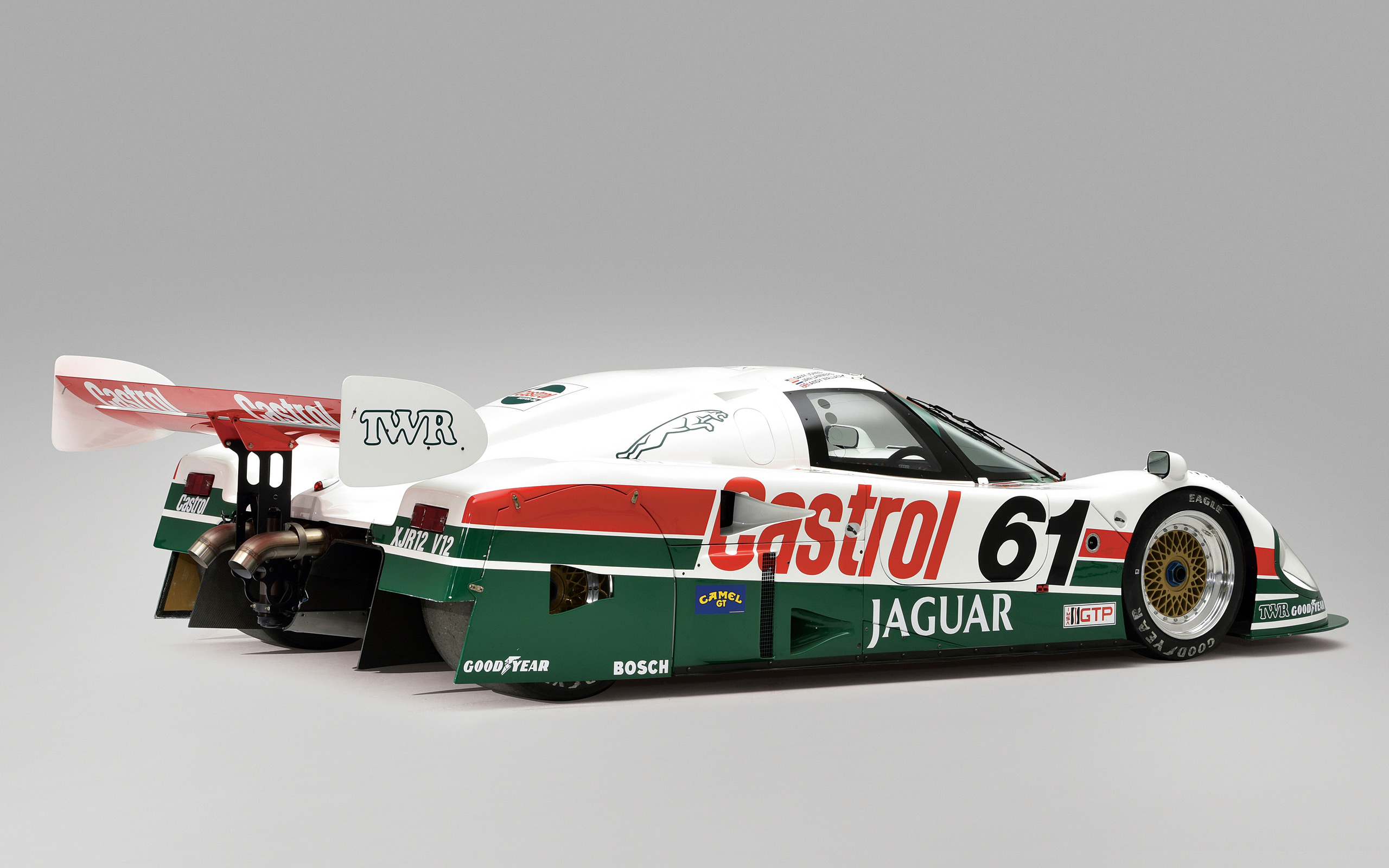
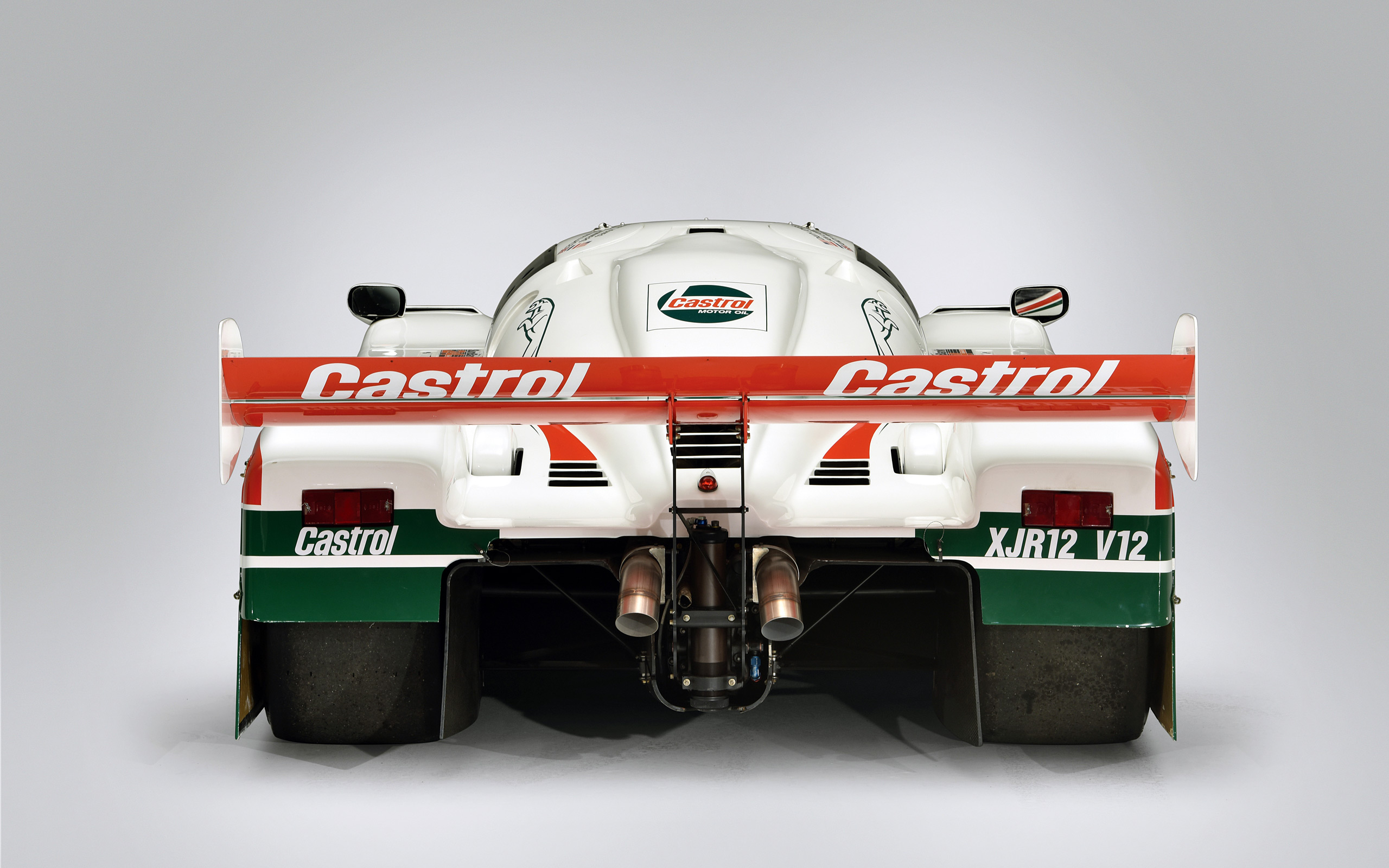

Photo Source: WSupercars.com
